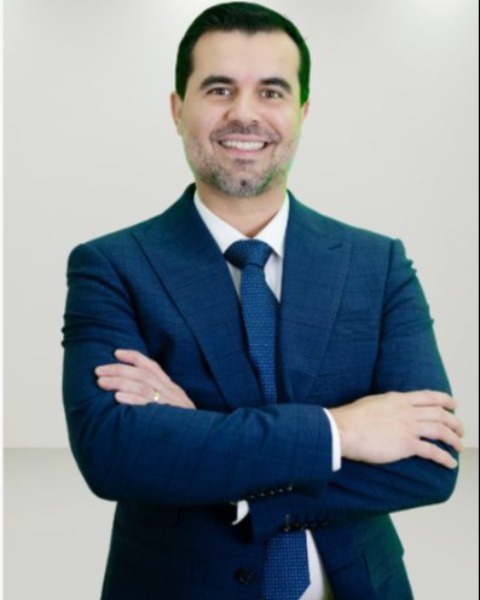
Rodrigo Amaral, MD
Director
Instituto de Patologia de Coluna
Instituto de Patologia da Coluna
Presenting Author(s)
Introduction: The lateral approaches to the spine are safe and stablished procedures that allows the treatment of several pathologies with a very low profile of complications. However, mainly in the L4L5 level, there are some concerns regarding the risk of neurological injuries, as the femoral nerve tends to be a more anterior position in this level. In order to avoid neurological deficits or lesions, the use of neuromonitoring techniques is fundamental. However, there is no consensus o which is the best modality or the best protocol of nerve health monitoring. This way, the objective of the present study is to report the results of a multimodal neuromonitoring protocol.
Methods: Case-series of patients whose received surgery between 2020 and 2024 in a single center using a standardized multimodal IONM protocol. Were included patients that received the multimodal protocol and signed a free-consent form and were excluded patients that not returned to the clinic in the postoperative follow-up or those with neurological conditions that could impar the real evaluation of the cause and local of a neurological deficit. The multimodal protocol consisted of eletromiography (for trasversing the psoas muscle [triggered and fre-run]), somatosensitive saphenous motor evoked potential (SSEP, qasi-real time) and motor evoked potential (MEPs, triggered each 5 min or in case of SSEP flag). Data was described as count and percentage.
Results: Of 59 patients included in the study, only 4 (6%) patients had a motor deficit at the postoperative period, all of them were transitory. In all the cases, there was a MEP flag that was not able to be reverted to the basaline values by the end of the surgery, furthermore, all patients that presented a flag in the MEP had a flag in the SSEP, however not all patients that had a SSEP flag had a flag in the MEP.
Conclusion : The use of a multimodal neuromonitoring protocol during the LLIF allows for the surgeon to truly monitor the nerve health status during the whole procedure, besides that it allows the surgeon to harness all the benefits of the SSEP and MEP techniques.
Methods: Case-series of patients whose received surgery between 2020 and 2024 in a single center using a standardized multimodal IONM protocol. Were included patients that received the multimodal protocol and signed a free-consent form and were excluded patients that not returned to the clinic in the postoperative follow-up or those with neurological conditions that could impar the real evaluation of the cause and local of a neurological deficit. The multimodal protocol consisted of eletromiography (for trasversing the psoas muscle [triggered and fre-run]), somatosensitive saphenous motor evoked potential (SSEP, qasi-real time) and motor evoked potential (MEPs, triggered each 5 min or in case of SSEP flag). Data was described as count and percentage.
Results: Of 59 patients included in the study, only 4 (6%) patients had a motor deficit at the postoperative period, all of them were transitory. In all the cases, there was a MEP flag that was not able to be reverted to the basaline values by the end of the surgery, furthermore, all patients that presented a flag in the MEP had a flag in the SSEP, however not all patients that had a SSEP flag had a flag in the MEP.
Conclusion : The use of a multimodal neuromonitoring protocol during the LLIF allows for the surgeon to truly monitor the nerve health status during the whole procedure, besides that it allows the surgeon to harness all the benefits of the SSEP and MEP techniques.

.jpg)